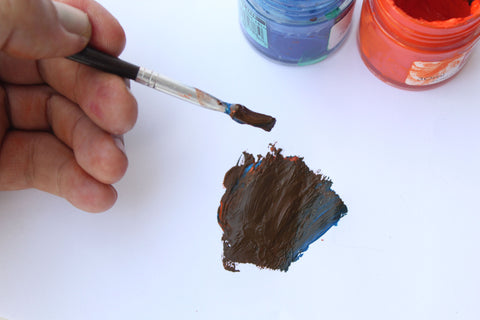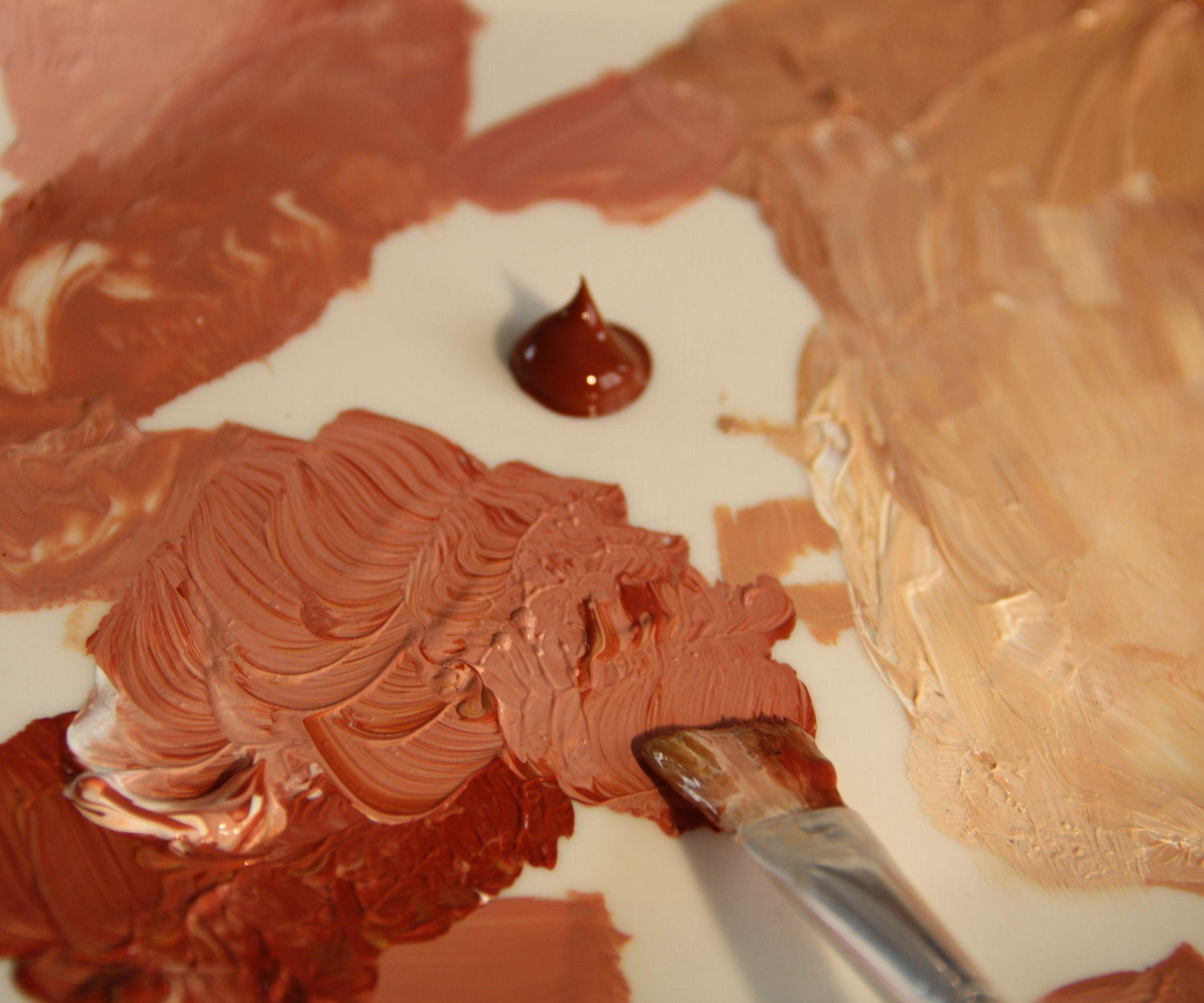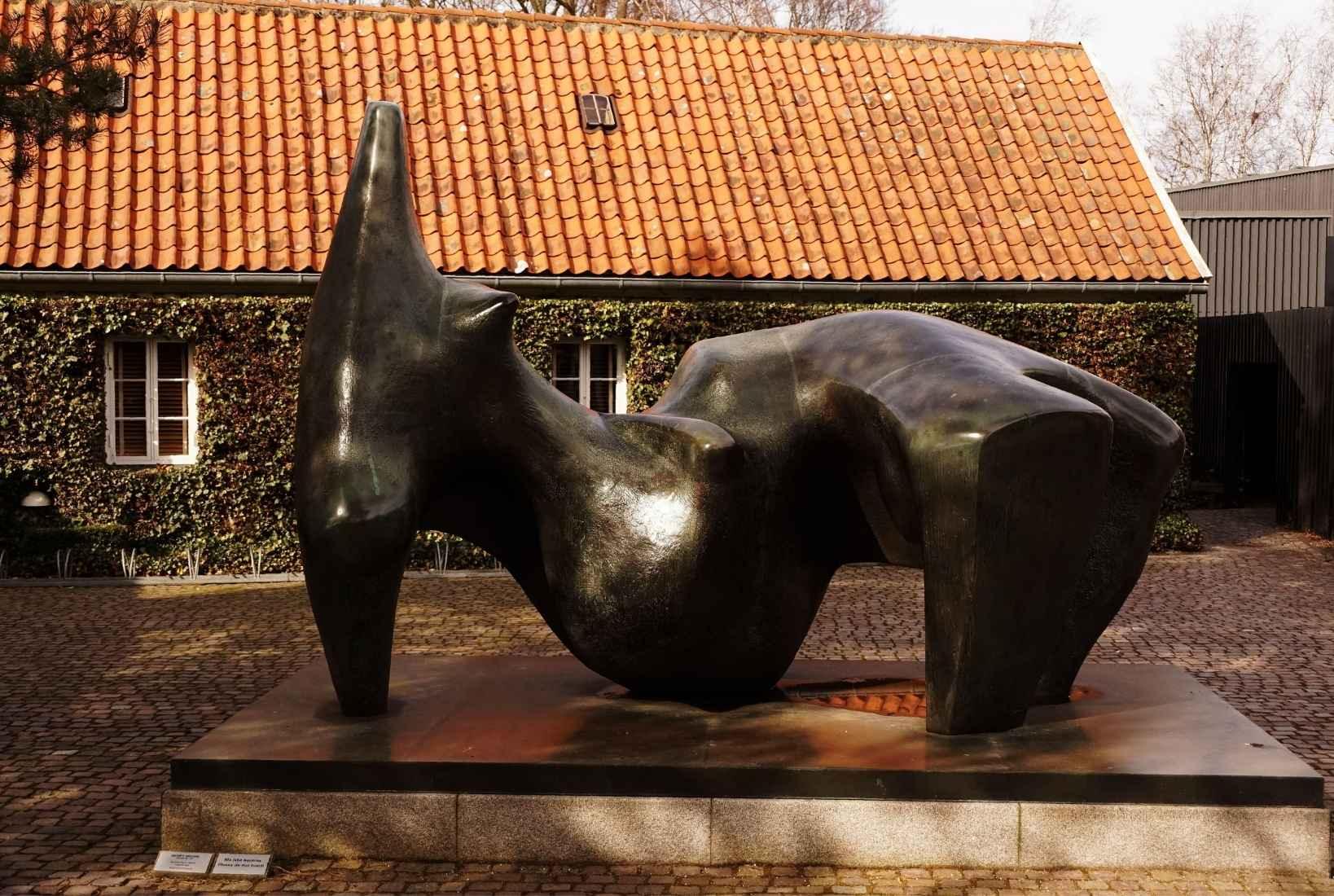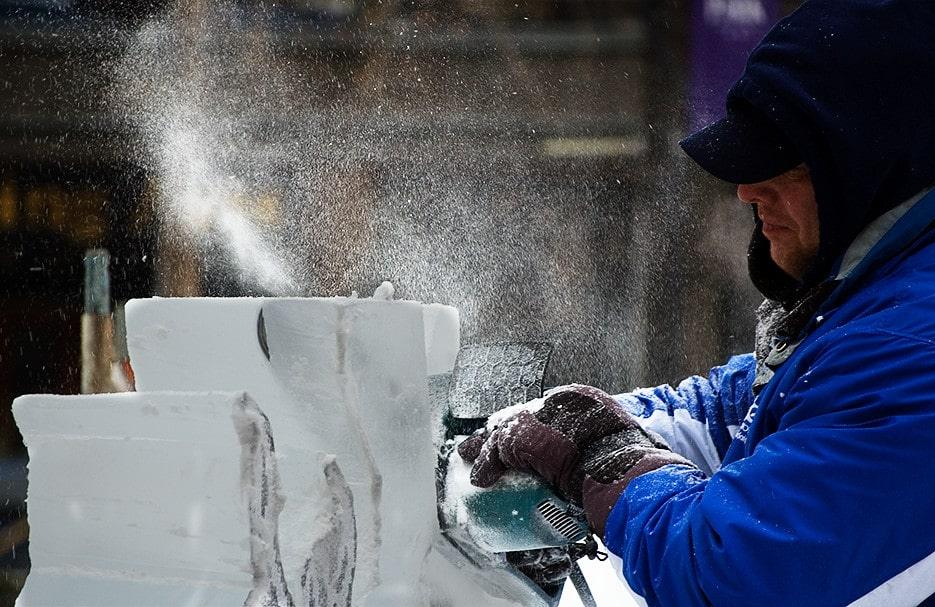
If you're new to art, especially painting, you probably know how much effort it takes. Removing acrylics off your clothes and focusing on the details can all be frustrating. However, none of these is as much trouble as mixing the brown colour—at least in the start.
Brown is one of the most significant colours since it's the colour of many things you'd like to paint, including trees, furniture, clothing and dirt. Therefore, you'll have to make brown paint at some point, which must be why you're here. So, you can keep reading to learn more about the basic colour theory of brown and how to mix this troublesome yet functional colour.
How to Make Brown Paint

In order to make brown paint, you need to know which colours to mix. At this point, you should understand three terms: primary colours, secondary colours, and complementary colours.
Primary Colours
Primary colours are the main colours that you cannot make by mixing and have to buy. These colours are red, yellow, and blue, which are the only colours you need to create a rich palette.
Secondary Colours
Secondary colours are the colours that you can create by mixing the primary colours. For example, orange is a mix of yellow and red, and purple is blue and red. However, some colours might necessitate you to mix more than two primary colours; brown being one of them.
Complementary Colours
We can regard complementary colours as the exact opposites of each other—the most obvious example is black and white. You can use complementary colours to reduce the brightness of one of the colours you used. For example, if you add yellow to red, you'll get orange, and if you keep adding more yellow, you'll get a lighter tone, while adding a bit of red will help you get a darker orange. You can use this knowledge to adjust the intensity.
Let's Start Mixing Paint

If we know the basics of colour theory, we can start mixing. Here are the complementary colours you can use to make different tones of brown:
- Orange (red and yellow) and blue make a greenish brown.
- Purple (red and blue) and yellow make a warmer brown.
- Green (yellow and blue) and blue make a paler brown.
If you have orange, purple or green paints, you can mix them with their complementary colours. However, if you only have the primary colours, you will need to make the secondary colours first—the "recipe" is between the parentheses.
How to Make a Darker or Lighter Brown

When it comes to making a darker or lighter shade of brown, things might get tricky. First, you'll have to create your regular brown with one of the mixes mentioned above. Then, once you finish mixing, adding a little white will help you adjust the lightness.
However, don't add too much white at a time. Instead, slowly add white until you get the perfect tone; if you add too much white, you'll get a very pale brown and probably need to darken the colour.
If you want to get a darker shade of brown, you can add black or a complementary colour. Of course, the easiest way is always adding a bit of black, yet it's usually not the best choice since black, which is a mix of all colours, might change your brown too much.
The most effective way to darken your brown is by adding a darker complementary colour; for example, if you used red and green to make brown, you can get a darker tone by adding green.
How to Make a Cooler or Warmer Brown

Warmer or cooler tones of brown will help you capture the mood and atmosphere you want to create in your painting. If you add yellow, red, or orange, your brown will become warmer and more suitable to use in most of your landscape paintings.
Especially in bright scenes, warmer tones of brown will create a sense of depth and character. However, if you're painting a darker atmosphere, you can make a cool brown by adding blue or green.
Why Mix Brown Paint?

You might get frustrated when making brown paint, yet knowing how to mix different colours comes with some benefits:
- Gives you freedom: Knowing how to make different colours gives you freedom and creates new opportunities. If you go and buy brown paint, you'll be dependent on that specific tone of colour, considering you don't know how to mix. Nevertheless, making brown by mixing different colours allows you to create diverse hues, which are often better since the atmosphere and values of your paintings will require different tones.
- Helps you save money: Buying a massive set of paints seems appealing, especially for beginners, yet it usually ends up a huge waste since you won't use most colours. Nevertheless, knowing the basics of mixing colours will save you money, as you'll be able to create a diverse palette by mixing only several colours.
- Increases creativity: Working with fewer colours will increase creativity. There are innumerous colours in the world, and discovering them through only a limited set of colours is an eye-opening experience. Plus, it'll help you develop a sophisticated view of the colours in nature and better understand them. This understanding might reflect on your paintings and help you create more creative scenes.
- Evolve your style: Creating your hues and tones is an opportunity to create your unique style. The amount of paint you add will determine the value of the brown, so your brown will be different from someone else's. Since which shades you prefer will determine the characteristics of your painting, your preferences will be the distinguishing features of your art. Therefore, knowing how to mix different colours will help you evolve your individual style.
- Painting complex scenes: Knowing the colour theory is the key to painting complex scenes. Using a rich palette will help you capture the mood and atmosphere of a scene and help you create a more realistic atmosphere.
Apart from these, knowing colour theory will give you a better comprehension of colours in general. After learning the basics of mixing colours, you'll develop your painting skills and understand all the hues surrounding our world.
With The Artchi, Art Is Your Home
If you want to turn your house into an art studio without getting paint all over yourself, The Artchi has got you covered. With our massive collection of sculptures and wall art, you can decorate your home with the most creative hand-made pieces.







Leave a comment
All comments are moderated before being published.
This site is protected by hCaptcha and the hCaptcha Privacy Policy and Terms of Service apply.